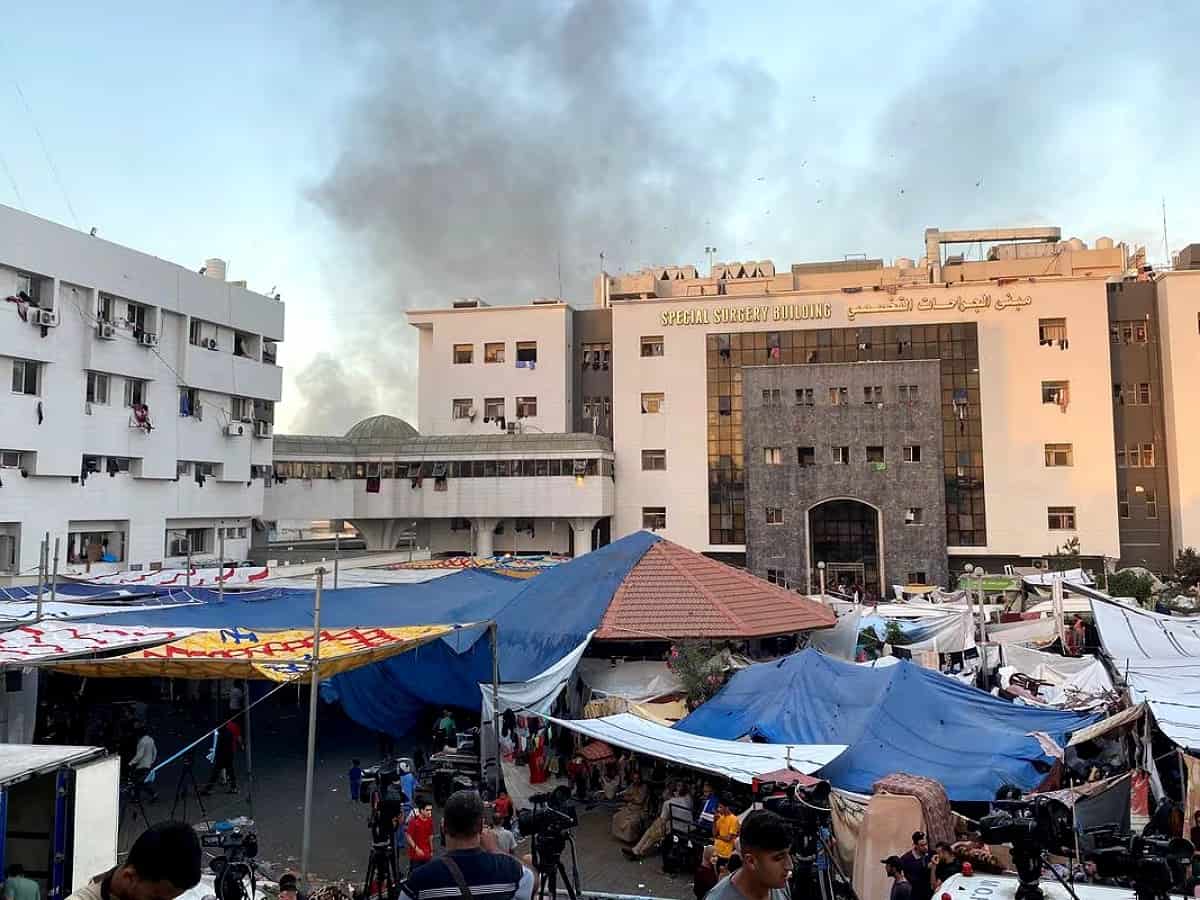
By Mahevish Fatima
Israel’s war on Gaza has led to the loss of over 23,000 lives till date. While the loss of life has been extremely devastating, the survival of the living has become a bigger horror.
Israel’s offensive has led to the destruction of all the hospitals in Gaza, which has crippled the healthcare. Before the war, Gaza was already facing challenges as there were only 35 hospitals operating at full capacity and a total of 3,412 beds catering to a population exceeding 2 million people.
According to the World Health Organization (WHO), healthcare in Gaza remains extremely fragile. Only 16 out of Gaza’s 36 hospitals are functional, albeit partially. However, they face challenges such as a shortage of medical staff, including specialised surgeons, neurosurgeons, and intensive care staff, as well as a lack of medical supplies. They also face shortages of fuel, food, and drinking water.
The collapsing healthcare system coupled with the abysmal hygiene is leading to the rise of several diseases. Several cases of Hepatitis A have been confirmed in Gaza through test kits supplied by WHO.
Availability of water has shrunk to one-tenth of the amount the citizens would originally receive from the municipality. Recent estimates by the United Nations indicate that most Gazans are living on one to three litres of water per day — well below the international emergency threshold of 15 litres per day. People are even drinking untreated water in desperation.
The amalgamation of solid waste and faecal waste, exacerbated by rains, is giving rise to severe health and environmental threats. With WHO already reporting 152,000 cases of diarrhoea, the inability to perform water chlorination to kill bacteria is exacerbating the already concerning situation.
Israel’s extensive bombing in Gaza has created another major, yet hidden health problem — a toxic mix of dust, ash and other material from 15 million tons of rubble of over 40,000 buildings that were bombed. The Jabalia refugee camp, for example, a sprawling neighbourhood of apartment towers known to contain asbestos, has seen repeated battering.
Inhaling silica, a key ingredient in cement and glass, also increases the risk of cancer. And while the greatest exposure occurs when a building is destroyed, even its wreckage poses a risk.
Systematic research after the September 11, 2001, attacks in the United States was among the first to link exposure to such a mix of detritus to pulmonary and respiratory disease and cancer. Public health experts say the death count from debris-related diseases stemming from the destruction in New York will soon exceed that of the day’s attacks, if it hasn’t already.
Currently, Israel has intensified its attack on Khan Younis, where it is primarily targeting hospitals and ambulances, and schools where thousands of civilians are sheltering.
In spite of being on trial at the ICJ, Israel continues to repeatedly defy international humanitarian laws. Urgent action must be taken by nations to stop this catastrophe.



